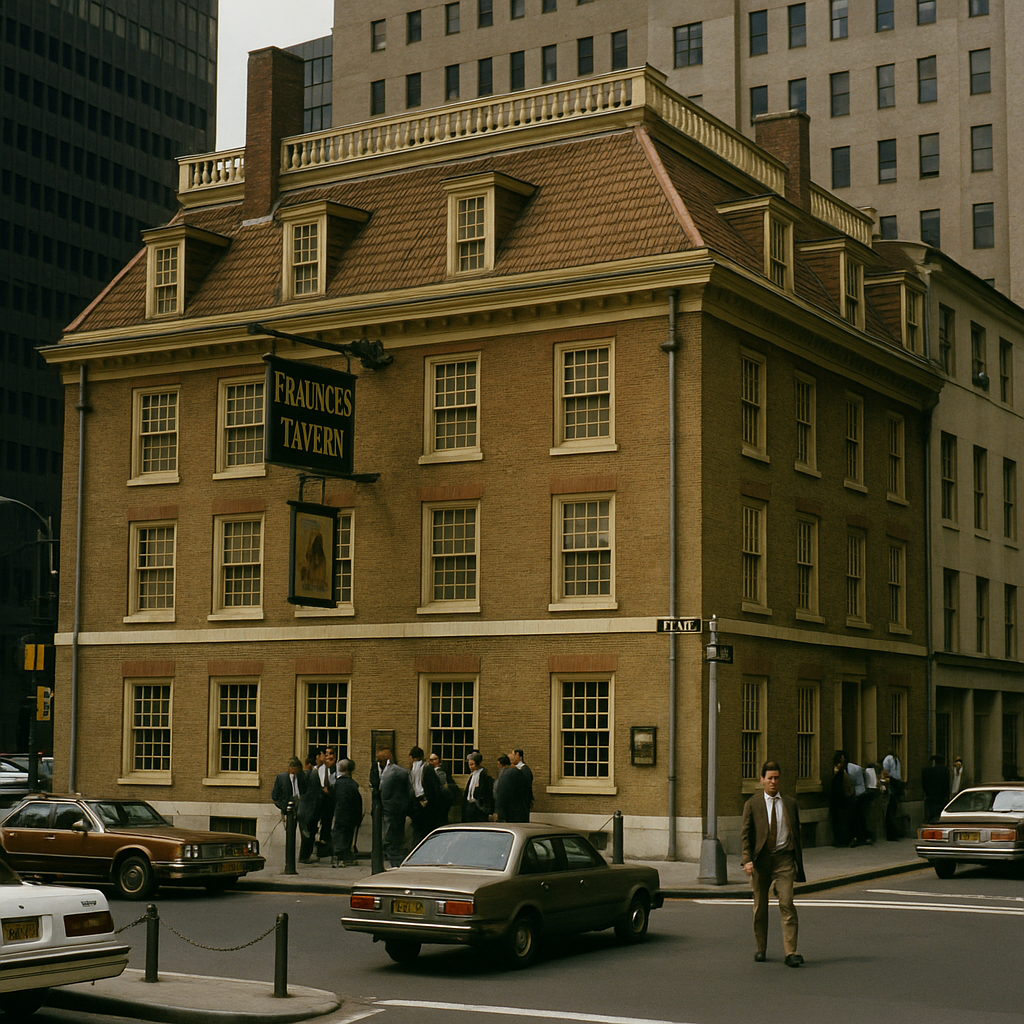
Equity investors: it’s time to pay attention to bond markets again. Here's why.
KEY TAKEAWAYS
- Rising long-term yields are driven by bond traders reacting to inflation and deficits
- Weak demand at Treasury auctions signals reduced investor appetite
- The return of bond vigilantes highlights market resistance to government spending
- Higher bond yields can hurt equity valuations, borrowing, and housing
- Investors should consider locking in yields or at least understand bond market signals
MY HOT TAKES
- Bond traders are the real signal callers in today’s market
- Equity investors are late to the party when it comes to caring about yields
- Treasury auctions are no longer boring—they’re battlegrounds
- Deficits matter again—and the market is pricing that in
- Buy bonds, or at least stop pretending they don’t matter
- You can quote me: “Bond vigilantes don’t pressure bond prices to push yields higher—they simply bid less aggressively in auctions or loosen bids in the secondary market.”
Treasured. My long-time followers know my oft quoted line “the market rarely does what is convenient for you at any given time,” and last Wednesday was one of those reminders. Earlier last week we were reacquainted with the bond vigilantes who managed–through a bit of pain–to remind us that a swelling fiscal deficit would be the cost of stimulus, specifically the so-called “One Big Beautiful Bill” tax reconciliation package passed by the House.
Rising 10-year yields have become some sort of warning alarm for equity investors in recent years. When I started out on Wall Street, most bars in lower Manhattan were segregated with bond traders mulling about in one far corner while equities traders mobbed the remainder of the bar–intermingling was forbidden. In fact, in most cases, we even frequented different drinking establishments altogether. I worked on a bond trading desk on which we shared one Quotron between 40 or so traders; it was the only way to check equities prices. For the record, it was rarely used. Why? Because bond traders couldn’t care less about equities markets.
Similarly, though there were no equities traders on my floor, I am pretty sure that equities traders did not even know what a Telerate was, and could care less about what the offer spread for Augi-08 Strips was. Those would be the stripped zero coupon bonds off a long bond that matured in August 2012, callable in August of 2008. There were no interesting stories with those bonds–no earnings reports, no flashy presentations with a leather-jacket-wearing CEO, no scandals, acquisitions, etc. No, they were boring Treasury Notes with the only interesting story being that they were callable, which was rare for a Treasury bond. All those great news stories were the stuff of stocks in the equity markets. Treasury bond traders were obsessed with economic numbers, the Fed, and policy.
Back over in the equity markets, analysts did occasionally call up the bond desk and get a yield quote when they were working on a bottom-up cash flow analysis and needed to calculate a WACC, or Weighted Average Cost of Capital, to be used to discount future earnings. It was a low priority, believe me. So, bonds for equity traders… were simply a boring distraction.
As my career progressed and focused more on all markets, the economy–a more macro view, I was able to draw on my bond market heritage to get a better understanding of how the economy could impact equity returns. Being a quant in finance, I was well-aware of tight interdependence between bond yields and equity prices, but markets could care less. Until 2022 when yields started to climb and the Fed began to tighten. Equities declined precipitously and the media schooled the world in how higher bond yields made theoretical stock values lower. Thus began the love affair between equity traders and bond yields along with their custodian, The Fed.
I won’t get into what I think about that now, but it is important to recognize that the Fed pretty much only controls shorter maturity yields through policy and open market operations. The Fed can manipulate longer yields through quantitative tightening and easing, but for the most part those yields, the ones that are now so important, are controlled by the market–bond traders.
Bond yields on longer-maturity Treasuries go up and down based on traders' perceptions of economic health and inflation. Higher inflation requires higher yields. Tough economic times ahead means lower yields. Pretty basic stuff. But starting late last year, it got more complicated. Long-term inflation expectations remained high, and the economy was booming. Despite this, the Fed was easing, which only affected short-term yields. Longer yields climbed. Those higher yields meant higher mortgage rates and borrowing costs for companies.
It also meant higher borrowing costs for the US Treasury! Making matters worse, the deficit was growing fast and financing that deficit was a growing pile of debt issued by the Government. More debt would have to be issued–increased supply, pushing prices lower and yields higher. Those higher yields would require even more debt. Last week, markets had to deal with higher bond yields, a debt rating decrease, and a weak treasury auction.
That weak auction, the response, and yields leading up to the auction were bond vigilantes expressing concern about the deficit that would grow even further resulting from the new tax reconciliation package bouncing around Capitol Hill. You are probably wondering if bond vigilantes actually exist, and how they could move longer-maturity yields higher?
They do exist, and I will demystify this for you in a simple explanation. Soft demand. They–ALL institutional bond traders, simply do not buy or bid for treasury notes at 4.6% if they think that they deserve higher yields given the term, the country’s debt rating, and expected inflation. Yep, the increased risk would warrant higher rates of return. So, we get reduced demand and increased supply. The result is higher yields. You see those bond vigilantes don’t pressure bond prices to push yields higher, they simply bid less aggressively in auctions or loosen bids in the secondary market.
So what does this all mean to you if you like to invest in stocks? Well, even though some folks believed that stocks sold off last Wednesday in response to a poorly bid 20-year Treasury auction that sent yields higher, it is more likely the result of profit taking in an overbought market.
If you have been following me on this diatribe, you know that higher Treasury yields are likely going to be with us for some time. The deficit is going to get bigger. More bonds will have to be issued to cover that deficit. Bond buyers will lower demand. “Answer the question, Mark,” you exclaim, “what should we do?” Don’t just buy stocks, consider locking in these higher yields by buying some bonds. Don’t be like the stock traders who used to segregate themselves at the bars at Harry’s at Hanover, Fraunces Tavern, Delmonico’s, Beekman’s, Bull Run, Suspenders, etc. All but the last two of these famous Wall Street watering holes are still in business. No, don’t ignore bonds. If you don’t want to buy them, at least listen to what they are saying about the economy.
FRIDAY’S MARKETS
Stocks were planning an easy Friday to slip into a holiday weekend which would herald the unofficial start to summer, but it wasn’t to be. President Trump had other plans and fired two big tariff warning shots at Apple and the EU causing equities to spill. Equities closed in the red despite traders’ attempts at pushing higher. 10-year Treasury Note yields continued to ease.
NEXT UP
- Durable Goods Orders (April) may have slipped by -7.8% after last month’s revised 7.5% gain.
- FHFA Housing Price Index (March) is expected to have inched higher by -0.1% for a second straight month.
- Conference Board Consumer Confidence (May) is expected to have gained slightly to 87.1 from 86.0.
- Fed speakers today: Kashkari, Barkin, and Williams.
- Later this week we will get some very important earnings along with FOMC Meeting Minutes, GDP, more housing numbers, Personal Income, Personal Spending, PCE Price Index, and University of Michigan Sentiment. Download your very own attached earnings and economic calendars so you can be first to the table.
.png)

